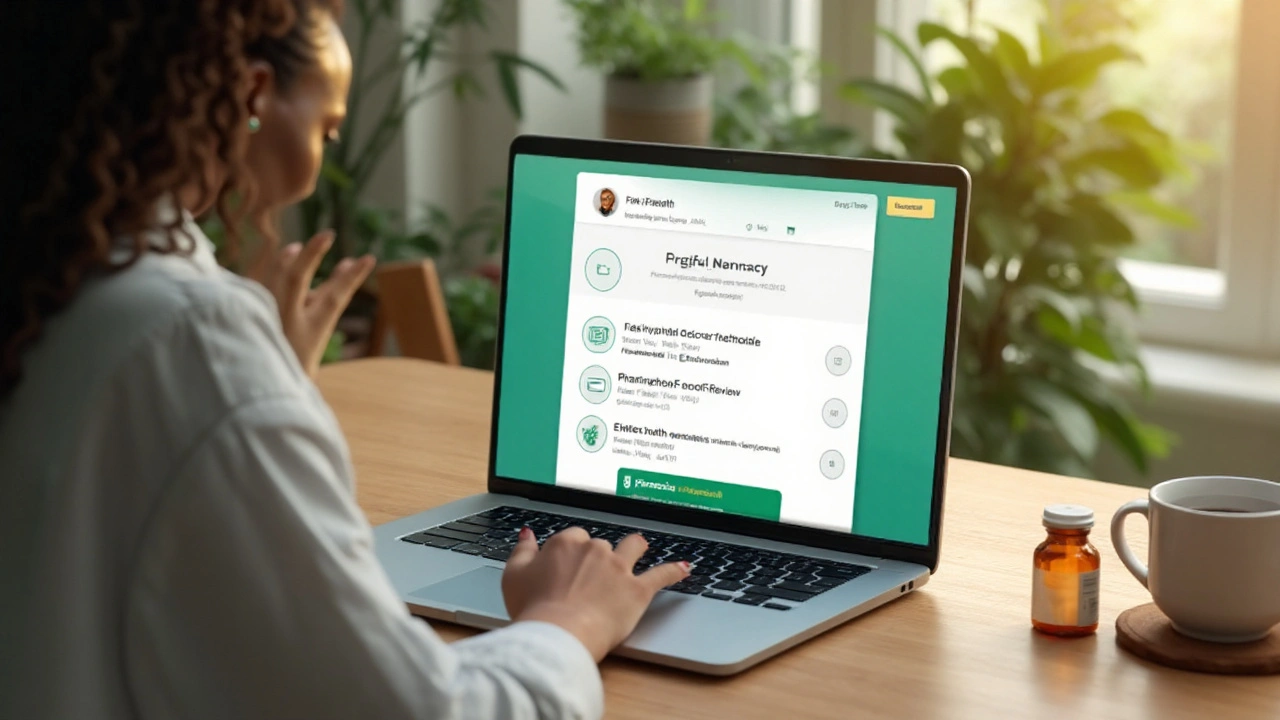Telehealth Blood Pressure: How Remote Monitoring Works and Why It Matters
Ever wondered why doctors keep asking you to check your pressure at home? It’s not just busy‑work. With telehealth, those readings travel straight to your clinician, letting them spot problems early without a clinic visit. The whole process is simple: you use a cuff, the device sends numbers to an app, and the app shares them with your health team. No jargon, just real‑time info that can keep hypertension in check.
Getting Started with a Home Blood Pressure Device
The first step is picking a reliable cuff. Look for an upper‑arm model that’s cuff‑size appropriate for your arm – wrist cuffs often give spotty results. FDA‑cleared devices usually have a validation stamp on the box. Once you have it, read the quick‑start guide, sit quietly for five minutes, and place the cuff snug but not tight. Take two readings a minute apart and record the average. Most apps let you log the numbers directly; if yours doesn’t, a quick photo of the screen works too.
Sharing Readings with Your Doctor
Most telehealth platforms have a built‑in portal where you can upload daily or weekly averages. Some even send alerts if your systolic number spikes above 140 or drops below 90. Set the frequency that matches your treatment plan – many clinicians ask for three readings on Monday, Wednesday, and Friday. Keep a short note about how you felt (stressed, exercised, slept poorly) so the doctor can spot patterns beyond the numbers.
Beyond the tech, communication matters. If the app shows a red flag, expect a call or message from your provider within a day. They might adjust meds, suggest lifestyle tweaks, or ask you to repeat the measurement. The faster you act on out‑of‑range readings, the lower the risk of complications.
What’s great about telehealth blood pressure is convenience, but there are a few pitfalls to avoid. First, don’t rush the measurement – sit still, keep your back supported, and keep the cuff at heart level. Second, make sure your device’s batteries are fresh; low power can skew results. Third, protect your data by using password‑protected apps and secure Wi‑Fi networks; privacy rules require providers to keep your health info safe.
Insurance plans are catching up fast. Many cover remote monitoring devices as part of chronic disease management, especially if your doctor orders them. Check your policy or ask the telehealth provider about any co‑pay. If the cost is a concern, look for devices eligible for Medicare’s Remote Patient Monitoring (RPM) program – they often qualify for a small reimbursement.
In a nutshell, telehealth blood pressure monitoring blends a reliable cuff, a simple app, and clear communication with your care team. It saves trips, catches issues early, and lets you stay in control of your health. Start with a validated device, log consistently, and keep the conversation open with your doctor. Soon you’ll see how a few minutes each day can make a big difference in keeping your heart happy.
How and Where to Buy Hydrochlorothiazide Online Safely (2025 Guide)
Clear, step-by-step guidance to buy Hydrochlorothiazide online legally in 2025: what you need, how to verify pharmacies, prices by region, and fast, safe ordering options.
Read more